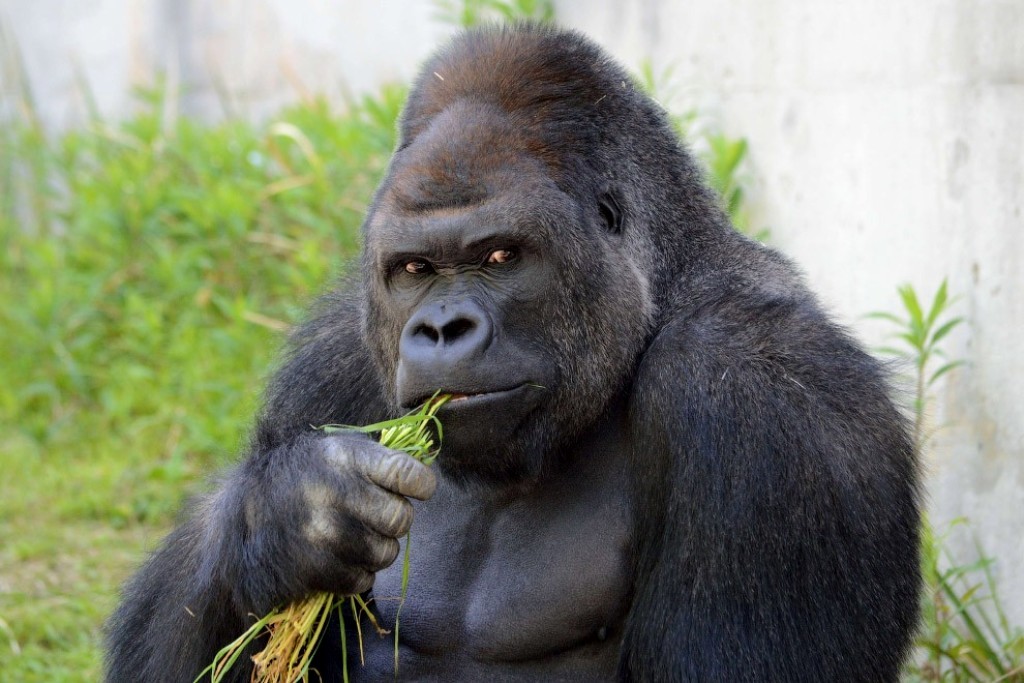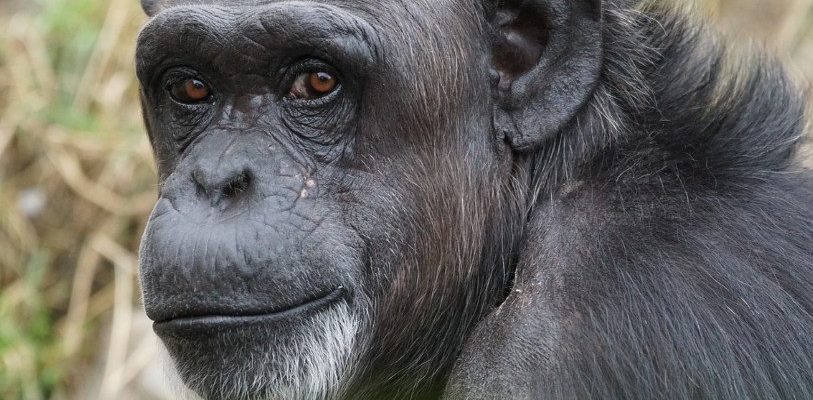In both Africa and Asia, great apes – bonobos, eastern and western gorillas, chimpanzees and orangutans – are rapidly losing much of their forest habitat to human activities such as agriculture, mining, and commercial logging.
People often confuse apes and monkeys. Although there are a number of differences between apes and monkeys (apes have a longer lifespan, larger body size, larger brain-to-body size ratio, and higher intelligence) – the main difference is that monkeys have tails and apes do not have tails.
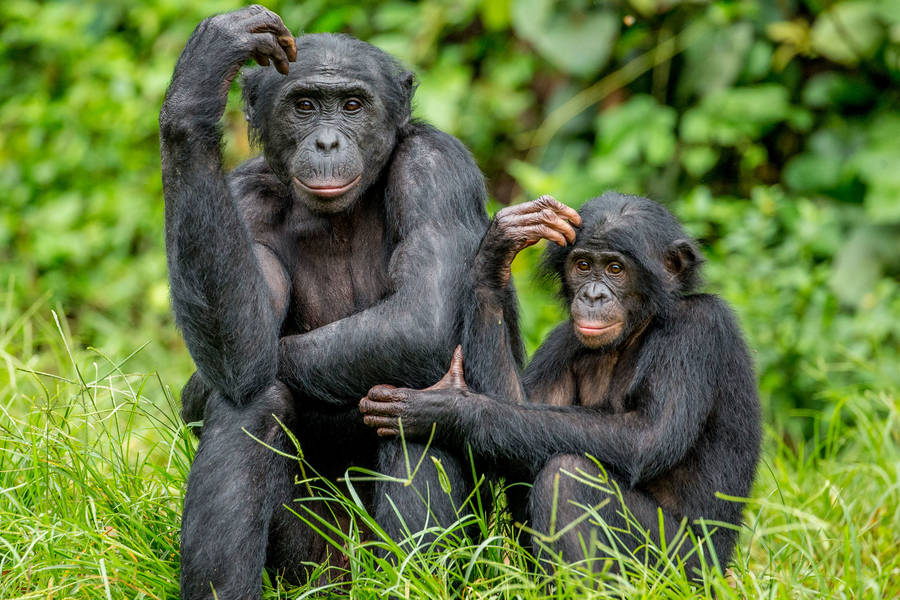
Although most living species are predominantly quadrupedal, they are all able to use their hands for gathering food or nesting materials, and, in some cases, for tool use.
With an estimated population of between 518,000 and 688,000 gorillas, chimpanzees and orangutans living in the wild, all Great Ape species are either Endangered or Critically Endangered on the IUCN Red List and CITES Appendix 1, indicating that they are at very high risk of extinction in the wild in the near future, probably within our own lifetime.
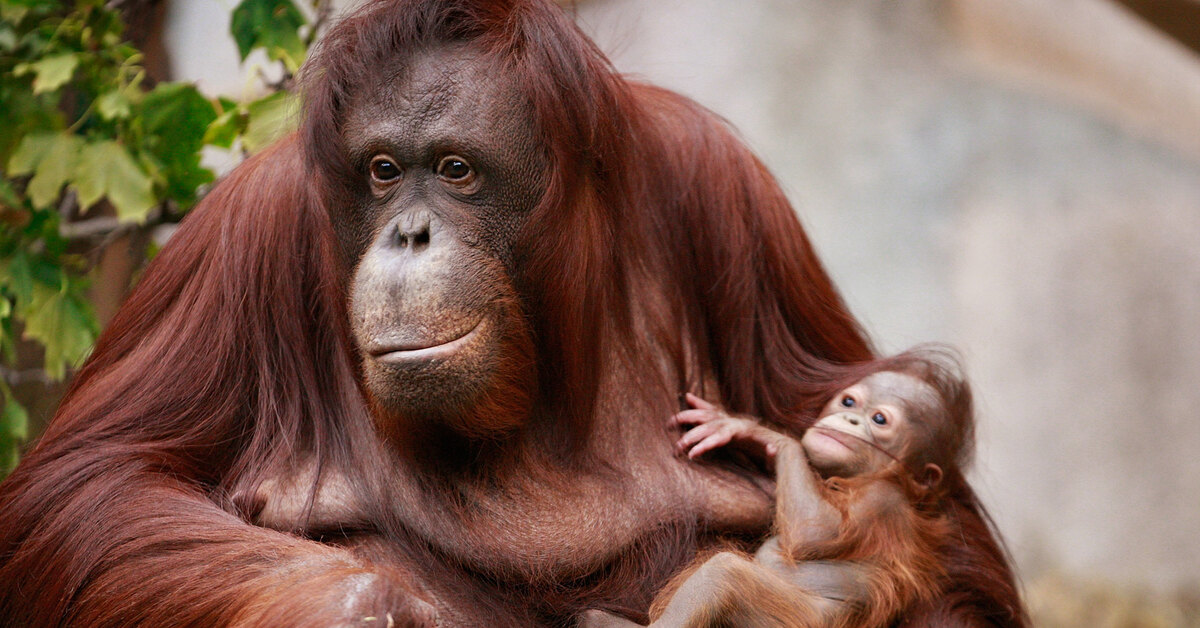
Gestation in great apes lasts 8–9 months, and results in the birth of a single offspring, or, rarely, twins. The young are born helpless, and require care for long periods of time.
Chimpanzees have complex social relationships. Apart from the dominant leader, there are also groups of individuals with some level of authority. An entire chimp community can sometimes have as many as 100 members.
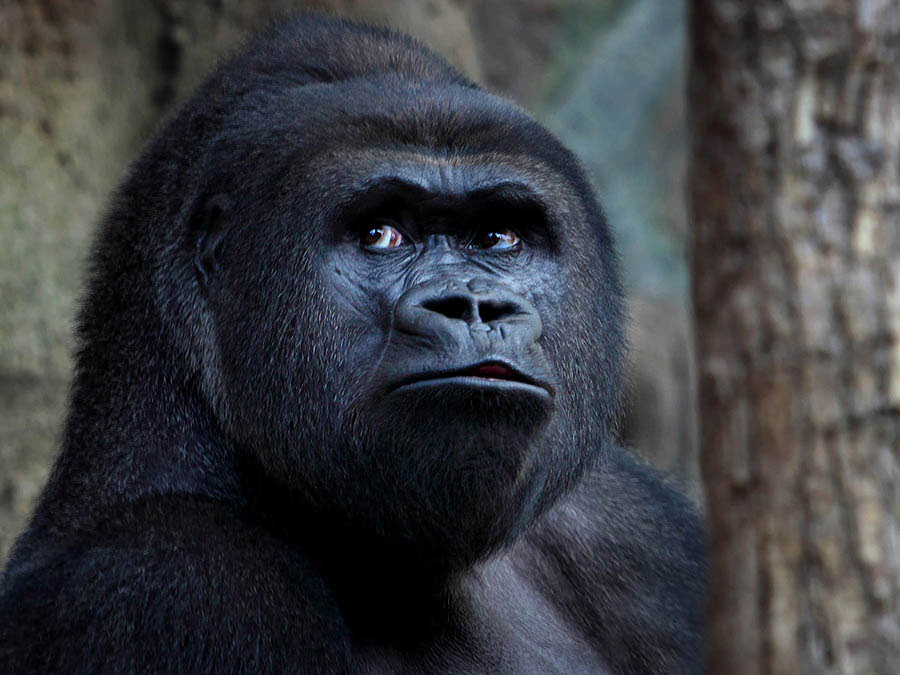
All species are omnivorous, but chimpanzees and orangutans primarily eat fruit.
Gorillas and chimpanzees live in family groups of around five to ten individuals, although much larger groups are sometimes noted.
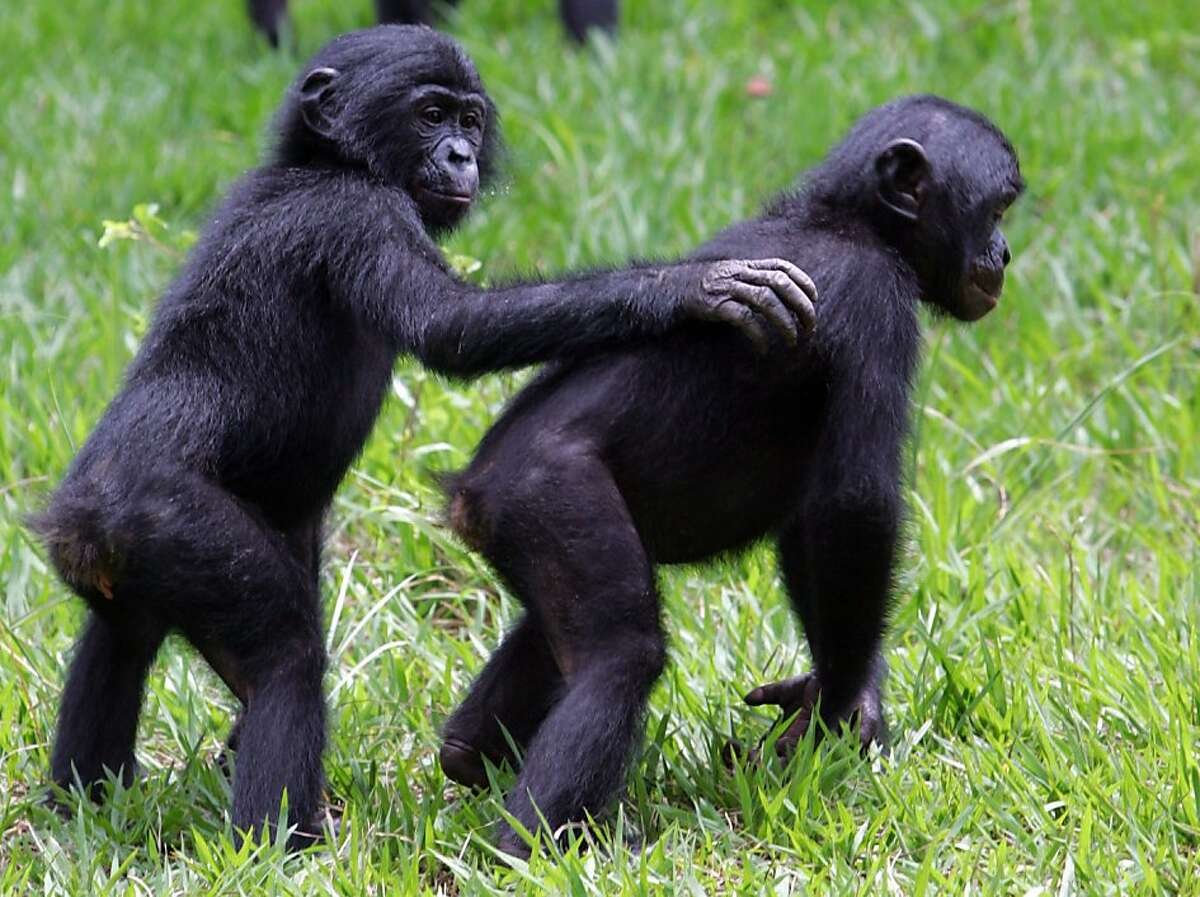
The smallest living species is the bonobo at 30–40 kilograms in weight, and the largest being the eastern gorillas, with males weighing 140–180 kilograms. In all great apes, the males are, on average, larger and stronger than the females, although the degree of sexual dimorphism varies greatly among species.
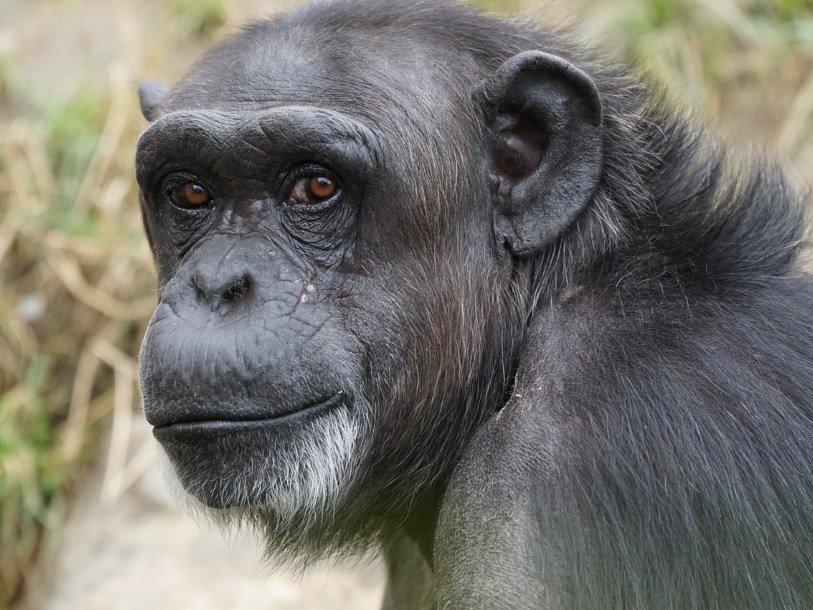
When gorillas run short of fruit at certain times of the year or in certain regions, they resort to eating shoots and leaves, often of bamboo, a type of grass.
The great ape family is the smallest mammalian family with 7 living species, 6 of which live in the tropical forests of Africa and Asia. The seventh is Homo sapiens, our species.
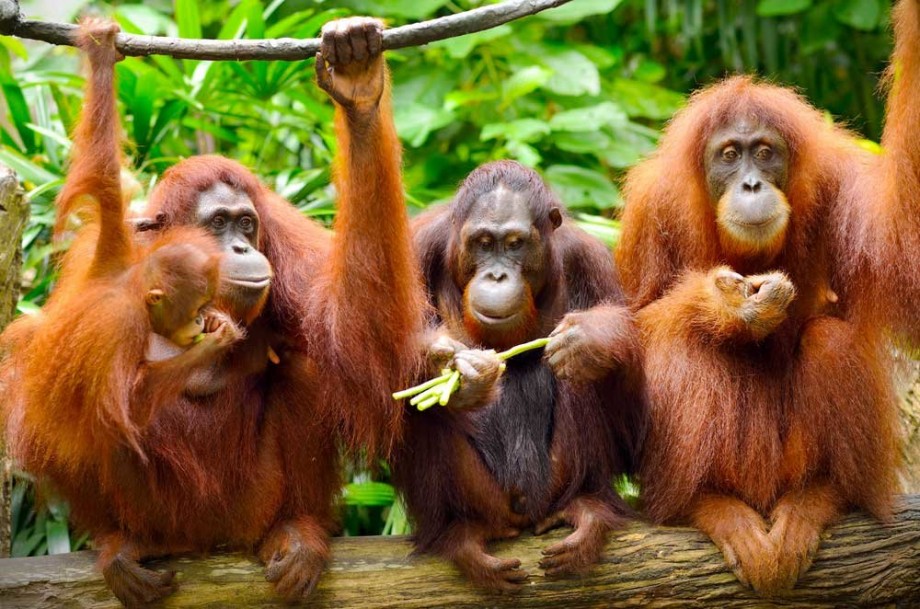
Researchers have identified at least 32 orangutan vocalizations. The “kiss-squeak” expresses excitement or fear.A “grumph” sounds like a belch and is a sign of disturbance or annoyance. Mothers warn their babies to stay close by making a soft, scraping sound.
